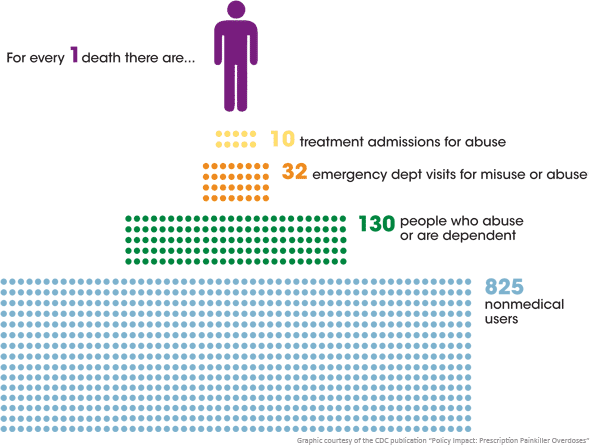I think everyone reading this blog has been touched by alcohol or substance abuse in their lifetime, whether personally or through the experience of an acquaintance, a family member, a close friend, a classmate or a colleague. We know the dangers of illegal drugs and overindulging in alcohol, but not as many of us understand the dangers of misusing prescription drugs. We rely on our pharmacists and our doctors to educate us on the medications we take. But what if we receive prescriptions from multiple doctors or fill our prescriptions at multiple pharmacies – maybe one close to work and one close to home? What percentage of the population reads the drug warnings that come with medications?

Recently I was very surprised to learn that an acquaintance is a recovering addict. She doesn’t fit the description of what I would consider a drug addict (not that there really is a profile for a drug addict); she comes from a supportive middle-class family, she’s educated, pretty, active, has a good job, lives in a nice community and loves animals. She talked about her past drug abuse, the people in her Narcotics Anonymous meetings and her seven years sober. Although she knew that I worked as a product manager doing something in the “medical field,” she was equally surprised to learn that part of my job is to develop narcotic management strategies for employers. She asked me how prevalent prescription painkillers are in the United States, so I shared with her the following facts:
- The Centers for Disease Control and Prevention reported that enough narcotic painkillers are prescribed in the U.S. to medicate every adult American 24 hours a day for 1 month. Said another way, enough narcotic painkillers are prescribed to medicate 1 in 12 adult Americans around the clock for a year.
- More people die from accidental prescription drug overdoses than car accidents.
- More people die from accidental prescription drug overdoses than heroin, cocaine and all other illicit drugs combined.
- The U.S. consumes 80-90% of the world’s supply of prescription painkillers, yet represents only 4.4% of the world’s population.
- The street value of Oxycontin can reach up to $1/mg so an 80mg pill can fetch up to $80, making it significantly more expensive than heroin.
- The #1 prescribed medication in the U.S. in 2012 was hydrocodone/acetaminophen (Vicodin).
- 70% of all Americans who took a prescription drug for non-medical use obtained the drug from a friend or family member.
With every statistic, her jaw dropped lower. I will spare you all the details of our 45-minute conversation, but I will share with you her immediate response: “What can I do?” She wanted to help. Here’s what I told her:
- Don’t give your family or friends your unused medications.
- Keep all medications in a locked cabinet away from children, teenagers, family members and friends.
- Properly dispose of old prescriptions. The Drug Enforcement Agency created a national take-back program where Americans nationwide can dispose of unused, unwanted or expired medications on the last Saturday in April and the last Saturday in September/October. The program's website also lists ways to dispose of medications properly if one of the 6,072 collection sites is not convenient.
- Assist elderly relatives in disposing of unused or expired medications.
- Educate others on the risk of combining alcohol with opioids. Alcohol and opioids are respiratory depressants, meaning they reduce our drive to breathe and can cause breathing to stop. Combine alcohol, opioids and benzodiazepines and the risk of accidental overdose increases significantly.
- When in doubt, ask your doctor or pharmacist about drug, food and vitamin interactions.
- Read the labels on medications; there is valuable information about the risks associated with the medication and how to take it safely.
- Don’t take expired medications or medications prescribed to others.
- Answer your doctor’s questions honestly.
- Only take medications as prescribed.
When taken properly, prescription painkillers can greatly reduce pain while the body heals after an injury or surgery. However, they can have unintended consequences if used improperly. We all have a stake in controlling the prescription painkiller abuse epidemic – from the drain on our emergency rooms, the cost to our healthcare system and, most importantly, the tragic loss of human life.
So I ask what are you going to do to be part of the solution?
Additional information can be found on the Centers for Disease Control and Prevention website.
Jamie Harer, Managed Care, Specialty Products Manager